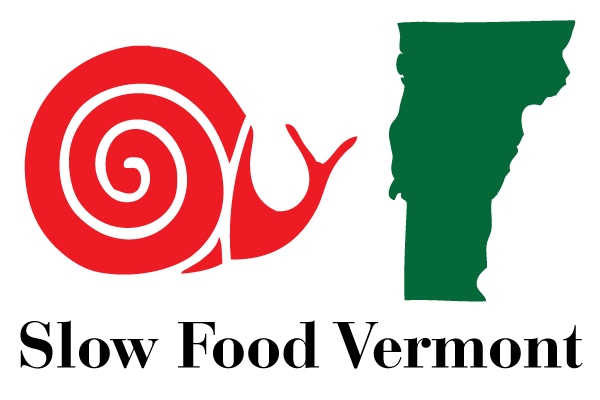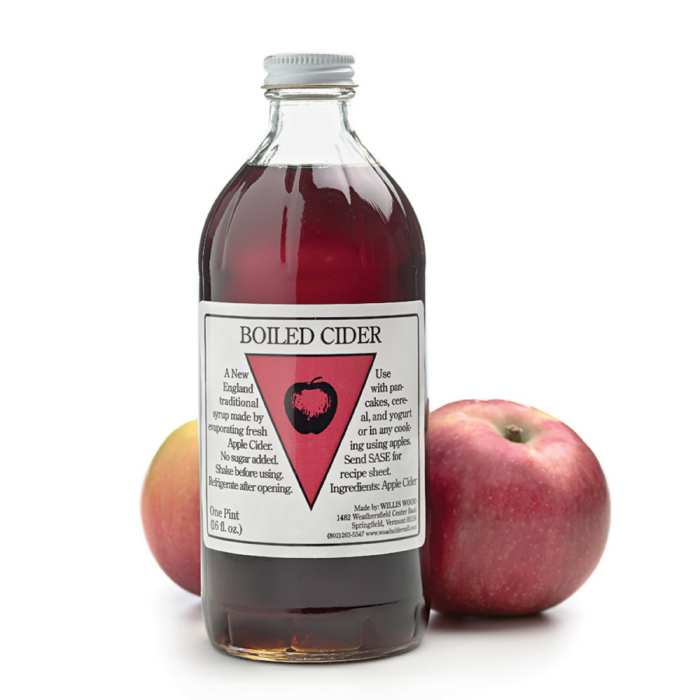The Ark of Taste is a living catalog of delicious and distinctive foods facing extinction. By identifying and championing these foods we keep them in production and on our plates.
Below are some of the Ark of Taste products you can experience in Vermont! Learn more about the Ark of Taste here and find the NEW home for the Ark of Taste catalog here, where you can search for all included items around the world.
Know of something that should be on the list? Nominate it by emailing it to aotnortheast@slowfoodusa.org.
To qualify for the Ark of Taste in the USA, food products must be:
Outstanding in terms of taste – as defined in the context of local traditions and uses
At-risk biologically or as culinary traditions
Able to be sustainably produced
Culturally or historically linked to a specific region, locality, community or traditional production practice in the U.S.
Produced in limited quantities, by farms or by small-scale processing companies, for home consumption, or, in the case of endangered plants and animals, for the purpose of regeneration
Boiled Cider and Cider Jelly of New England
Boiled cider and cider jelly are traditional New England farm-based products made solely from the concentration/reduction of fresh, unfermented cider. Despite their deep historical and cultural roots in rural New England, these products (especially boiled cider) are little known today, even in their home region, and have virtually disappeared from commerce. LEARN MORE
Wild Ramps
Ramps are nourishing harbingers of spring, breaking through lingering snow and ice. A foraged delicacy, their leaves, stalk and bulb are edible. They are sweetish with a slight pungency. A perennial wild onion with a pungent garlic odor with leek/onion flavor, it is found in Eastern North America from South Carolina to Canada. Also known as wild leek, wood leek, spring onion, wild garlic. LEARN MORE
Gilfeather Turnip
The Gilfeather is an egg-shaped, rough-skinned root, but unlike its cousins, it has a mild taste that becomes sweet and a creamy white color after the first frost. While the hardy Gilfeather turnip does well in nearly any climate, this touch of frost contributes to its unusual taste and texture. Developed and named after John Gilfeather from Wardsboro, Vermont, this turnip is one of the state’s unique contributions to cold weather agriculture. LEARN MORE
Randall Cattle
The Randall or Randall Lineback cow is a purebred remnant of lineback-patterned cattle once common in New England. Though the origins of the breed are not clear, it is likely to have originated in New England from a combination of Dutch, English and French cattle. Historically, they were multi-purpose, used for dairy, beef and oxen and served as an integral part of rural New England life for several centuries. LEARN MORE
Green Mountain Potato
Orson H. Alexander, a researcher from the University of Vermont first introduced the Green Mountain potato as the answer to the US potato blight of the 1840s. The Green Mountain is a hardy, resistant, late-season variety. For nearly fifty years following its introduction, the Green Mountain potato was one of the most popular baking potatoes in the US.
After World War II, the smooth-skinned and consistently oval Russet potato gradually won the heart of Americans pushing the Green Mountain potato out of mind. Today, only only a few farmers and home gardeners grow this notable relic. LEARN MORE
Roy's Calais Flint Corn
Roy’s Calais flint corn is an open-pollinated flint corn originally cultivated by the western Abenaki (Sokoki) people in Vermont, and subsequently grown and maintained by pioneer farmers, including Roy and Ruth Fair of North Calais, VT. In 1996 Tom Stearns obtained the seed from local farmers like Mike and Doug Guy, who had received the corn and seed-saving information from Roy Fair. Tom Stearns crossed all of the inbred strains and grew out the variety, reintroducing it through his company, High Mowing Seeds of Wolcott, VT. LEARN MORE








